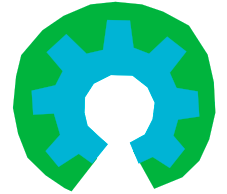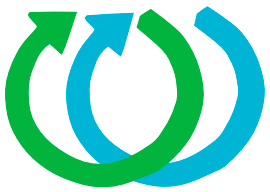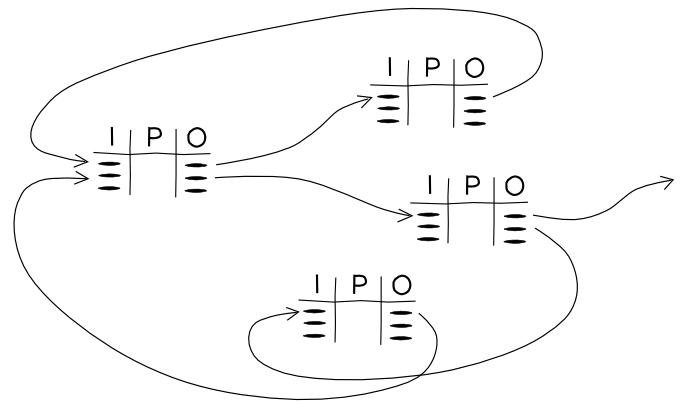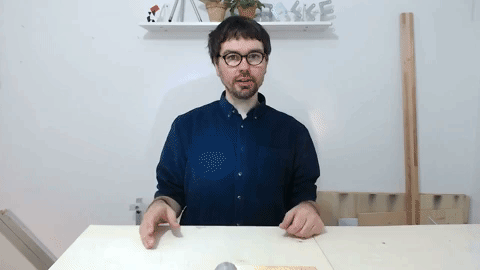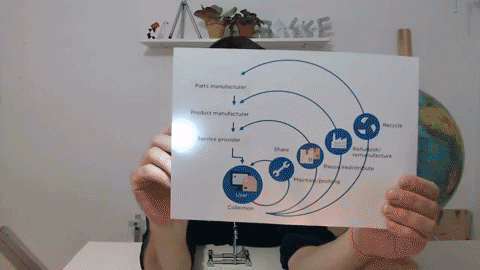deutsch
IPO
Open Source Circular Economy
Makers aware of circular economy
Open Source for Products and Production is one of the big promises for our future. And the development of a sustainable Circular Economy is one of our biggest challenges. Let’s combine them and make them work with each other.
_
OPEN SOURCE
Open source for hardware & design is an emerging trend. Similar to open-source-software in open-source-hardware source-files get shared openly in order to enable everybody to study, modify, build and redistribute existing projects. It is about new forms and patterns of innovation and collaboration. The field is still young and has still some major questions to solve. One is: How to create, publish and organize source-files for hardware for more connected and effective collaboration?
+
CIRCULAR ECONOMY
Circular economy is an idea for a sustainable future and economy that thinks ecological and works without waste. Products, production and distribution are designed for 100% recycling and to protect the environment. To make this happen we have to reinvent many things including how we collaborate with each other. We need a lot more transparency and new ways to collaboratively create and share information about physical things: How to allow our complex economy to collaborate in circles?
IPO
IPO brings the two questions together and asks: How to share information about physical objects to allow open collaboration and to enable a sustainable Circular Economy at the same time! Open Source supports Circularity. And Circular Economy ideas support the development of Open Source Hardware!
.
SOLUTION/IDEA
IPO tables is about a simple software tool! The key idea is to take the Input – Process – Output-Model – that is widely used in system-analysis and life cycle assessment (LCA)/eco-management (e.g. ISO 14040) and bring it to the world of open-source-hardware documentation as an underlying standard.
How does it work? In IPO you describe processes or steps in processes with “modules”. Each module is a table with 3 columns: Input, Process, Output. Here is a very simple example:
–
MODULE: “Peel Carrots”
Inputs
* Carrots
* Carrot Peeler
Process
Step 1: Use the carrot peeler to peel the carrot as shown here (external link).
Outputs
* Peeled Carrots
* Carrot Peels
* Carrot Peeler
–
The key to the IPO approach is that you describe all of the inputs and also all (!) of the outputs.
The key to our software is all things in the input and output columns get a things-page. On this page you can look up where this thing is an input and an output of. On the things page for “Carrot Peels” you can see that carrot peels are an output of the module “Peel Carrots” and an input to the models “Make A Carrot Soup” but also of “Make A Carrot Cake” and “Make Carrot Salad”.
–
THING: “Peeled Carrots”
Output Of
Modules
* Peel Carrots
Input In
Modules
* Make A Carrot Soup
* Make A Carrot Cake
* Make A Carrot Salad
–
You can click on the modules and see the step in processing carrots. The more people contribute to this system the more connections are made and the more possibilities become visible for everyone! On the things page of “Carrot Peels” you will find a module called “Make Fertilizer From Carrot Peels” for example! Garbage becomes inputs.
A system like that allows it to identify collectively circular solutions very quickly! And to make good decisions in the first place.
It also allows collaboration and the creation of synergies between different hardware projects in different ways. One way is in the creation of documentation: For example once there is a “Peel Carrots” model in the system – whenever someone adds “Peeled Carrots” as an Input to a new model the link to the existing model is created automatically! No need to recreate that model! It is connected open data. Revealing ecosystems.
There are a lot more things you can say about and add to this basic principle. You can find more on our sub-page about the software.
–
I-P-O documentation helps to monitor, communicate and connect flows of energy, materials, components and (by)products
The IPO Tables projects goal is to bring and experiment the IPO standard for creating documentation and connecting information to the world of makers and open-source-hardware. And it also wants to bring the ideas of openness to the world of LCA – imagine with openness to do LCA not just for one factory but whole networks of factories.
The IPO Tables project supports and creates experiments, projects, events and teaches about open source and circular economy. It is an open project. Get in touch.
* * *
Broader Vision?
IPO tables is a project by Open Circularity.
We think a tool and communication method might become one of the key drivers for an Open Source Circular Economy. What is an Open Source Circular Economy? Watch the video (made by us):

